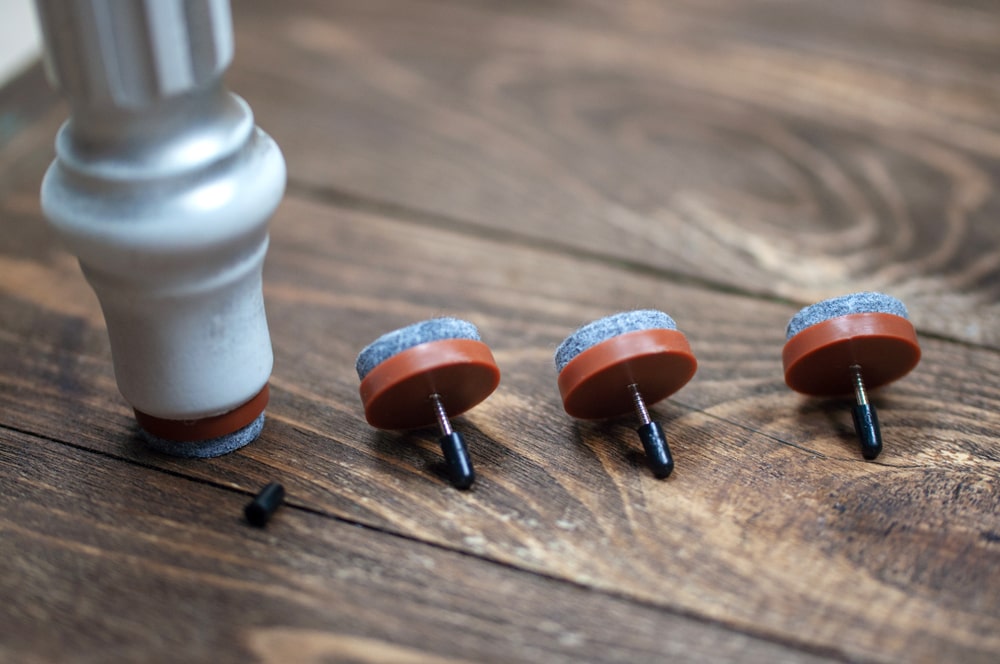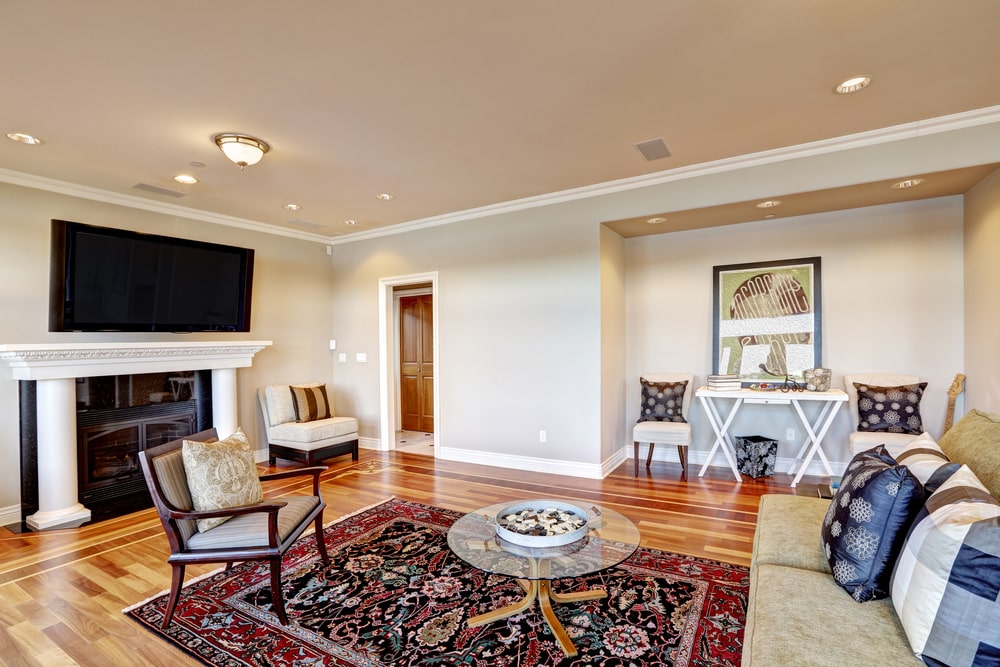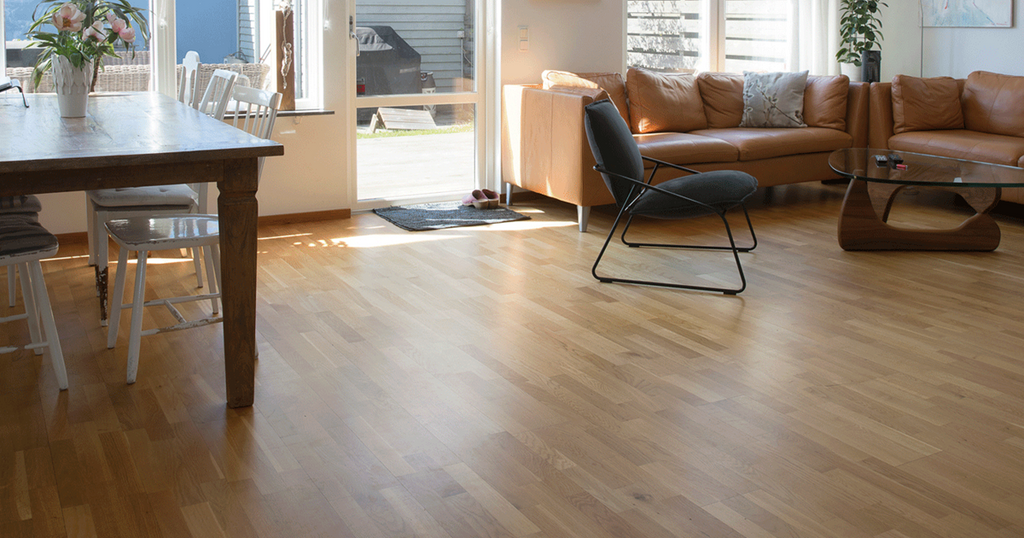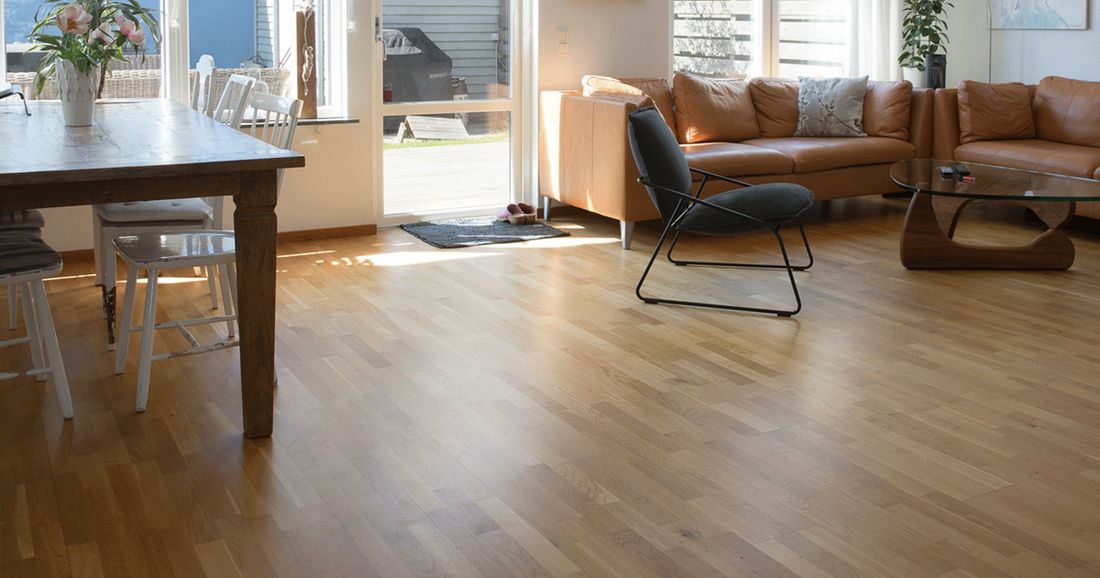The beauty of hardwood flooring cannot be matched; it has a timeless elegance that can never be replicated. When properly maintained, it can significantly increase the value of your home. It is unfortunate that hardwood flooring is easily damaged, and there is a host of "enemies" at every step, including your very own furniture. Therefore, we will discuss how to protect hardwood flooring from furniture in this article.
Why Should You Worry About Protecting Hardwood Flooring From Furniture?

There is a lot of discussion about outside contaminants such as dirt, water, sand, etc. when it comes to protecting hardwood flooring maintenance. However, most of the time, it is the heavy furniture in your room that causes the problem.
It is possible for furniture legs to push dust and gravel right into the finish of a wooden floor. The movement of heavy furniture can result in dents. We have a guide on how to repair dents in a hardwood floor in case you have already shoved that heavy piano and dented the flooring
When hardwood flooring furniture protectors are not used, scratches are the most common damage. The good news is that hardwood floors can be protected from the furniture. It is only necessary for you to be a little more cautious.
How To Protect Hardwood Flooring From Furniture
You can protect your hardwood flooring from furniture by following the simple ways that are listed below.
Avoid Dragging Or Pushing Heavy Furniture
When moving heavy furniture or arranging items for cleaning or decorating, it is easy to forget to lift them. Scuffing comes at a high cost but is often a more convenient option than enlisting assistance.
It is always better to ask someone (or two!) to help you lift heavy furniture on hardwood floors to their new place whenever possible. It will likely delay the process, but it will ensure that your hardwood flooring is protected from damage
Make sure to keep an eye out for debris and dirt that may be hiding under the furniture. They will produce heavy scratches if they get caught between the legs of the furniture and the floor when they are moved.
It is important that you re-seal these scratches as soon as they appear. In this way, you will prevent any future tragedies from occurring.
Hardwood Flooring Chair Protectors
Often referred to as chair leg floor protectors and furniture floor protectors, these are available in a variety of shapes, sizes, and colours, allowing you to find one that suits your needs. To prevent your hardwood floors from being scratched, you can install this type of unobtrusive felt floor protector. It sticks to the bottom of your furniture and prevents scratches. In general, felt furniture pads are best suited for coffee tables or dining room tables that are unlikely to be moved frequently.
They are made from a variety of soft materials. Attaching them to the chair legs will result in much smoother contact with the floor. When you add this protection to your chairs, you can move them without risking damage to your hardwood floors.
Apply Furniture Pads

These are usually used when moving into or out of a residence. You are almost certain to purchase new furniture or décor for your home if you plan to live there for a long time. When you move this furniture around, your floors might be damaged. When you move new, heavier items into your home, use moving pads to prevent unnecessary marks.
It is not only your dining chairs that are prone to scratches and scuffs. Furniture feet protectors are now available in a variety of styles.
There are two types of furniture feet protectors: furniture pads and glider pads. They are beneficial to hardwood flooring because they cushion the feet and raise the furniture off the floor at a slight angle.
There are three ways in which furniture feet can be protected.
- Self-adhesive protectors are commonly made from rubber or felt and are often the most affordable option. One disadvantage of this easy-to-apply method is that they do not last very long.
- Furniture feet protectors are usually made of rubber and are designed to last a much longer period of time. By simply slipping it on the leg of a piece of furniture, the wooden floor is protected.
- Tap-on (nail-on) pads are one of the most secure and long-lasting. If they are not installed properly, they may scratch the furniture legs since they are attached with screws. They will, however, be able to withstand the test of time and provide reliable protection in the long run.
Use Furniture Feet Protectors For Hardwood Floors
You can create your own protective pads for furniture with a bit of effort. It only takes a pair of scissors and some old quilts or blankets to make this project. The padding should be cut according to the size of the legs of the furniture and placed beneath the legs. Although this will not necessarily provide the same level of 'staying power' as shop-bought alternatives, it is an effective solution for those with a limited budget. In addition, it is the quickest way to protect your wooden floors.
Design Your Interior With Area Rugs

You may want to consider carpets and area rugs if you prefer not to use pads and are still unsure what to use under furniture to protect your hardwood floor.
They can also be used to protect hardwood floors from damage caused by furniture feet. Try some mad stripes if you wish to experiment with maximalism, or keep it classy with a vintage rug if you wish to keep it classic. Whichever way you choose, you will be sure that it will protect your floor.
The right area rug can make a big, big difference when it comes to rolling chairs. Put a rug under your favourite chair to prevent the floor from being damaged by the chair rolling around all day long. You can add colour and personality to your room by adding a few rugs.
Inspect The Feet Of Your Furniture
Ideally, you should prevent hardwood flooring from being damaged by furniture if you wish to ensure its longevity. Make sure that your old furniture's feet are in good condition. Ensure that the base does not have rough edges, as these may cause scratches or gauges.
The best way to deal with these problems is to use a sandpaper sheet. You should sand the surface lightly until it is smooth. It may be helpful to use a sanding tool, such as a mouse, here to speed up the process.
Keeping An Eye Out

There is one final step that is probably the most important when it comes to protecting hardwood floors from furniture scratches. Make sure you keep an eye on your floors and furniture. When preventing wooden floors from being damaged by furniture, it is often best to move the furniture. It may seem contradictory, but heavy furniture that sits in one spot for a very long time can damage your flooring as well.
It may be a good idea to redecorate once every few years and to move furniture around carefully in order to redistribute the weight on the floor. When it comes to the treatment of your hardware floor, taking a proactive approach can pay dividends. It is often the case that prevention is easier than cure. In this case, however, it is also more efficient and cheaper.
Flooring blog articles you may want to read:
HOME DECK DECORATIONS FOR OUTDOOR ENTERTAINING
FLOORING INSTALLATION CHECKLIST | WORD OF MOUTH FLOORS
